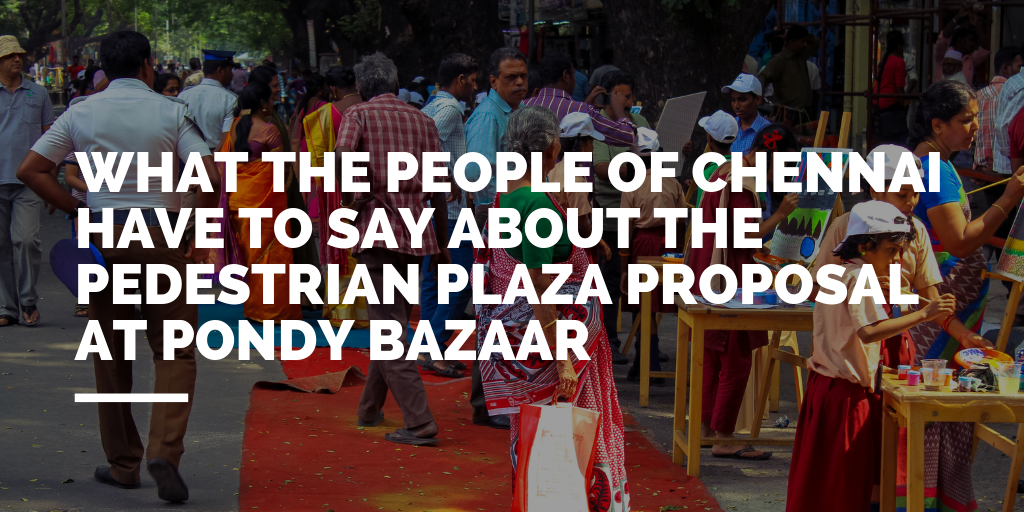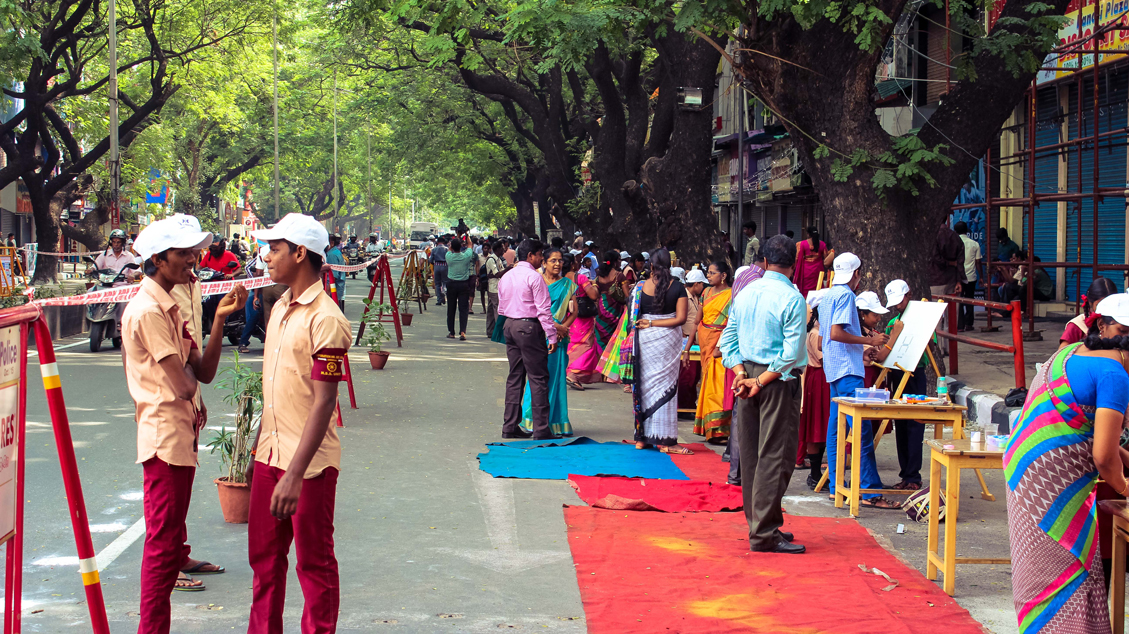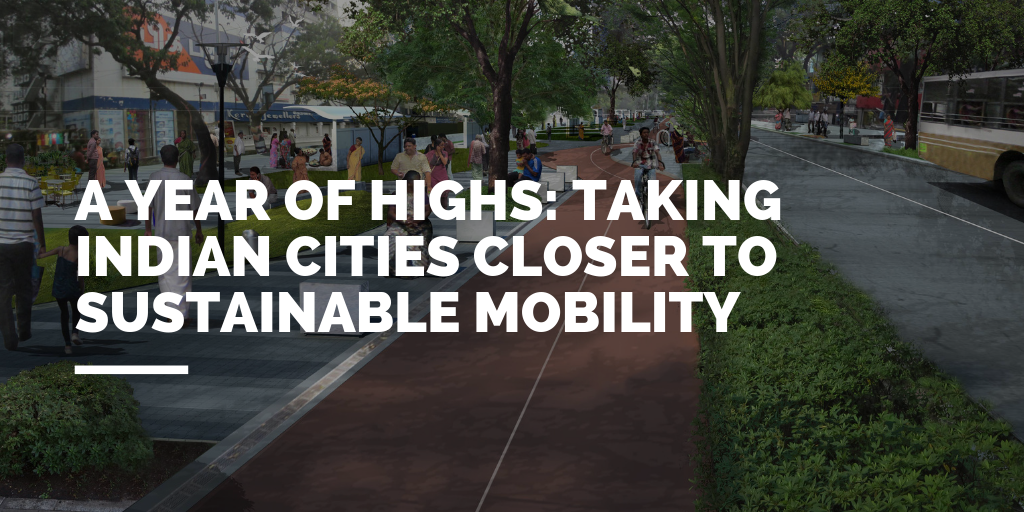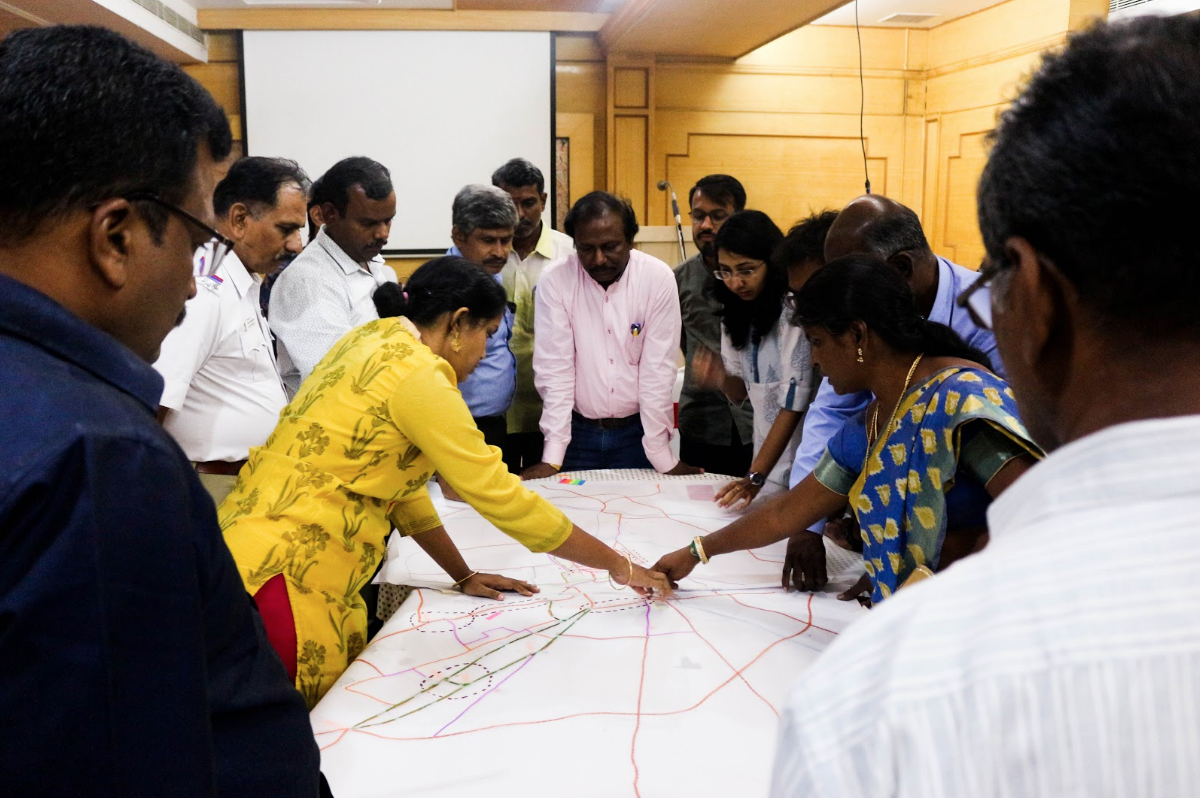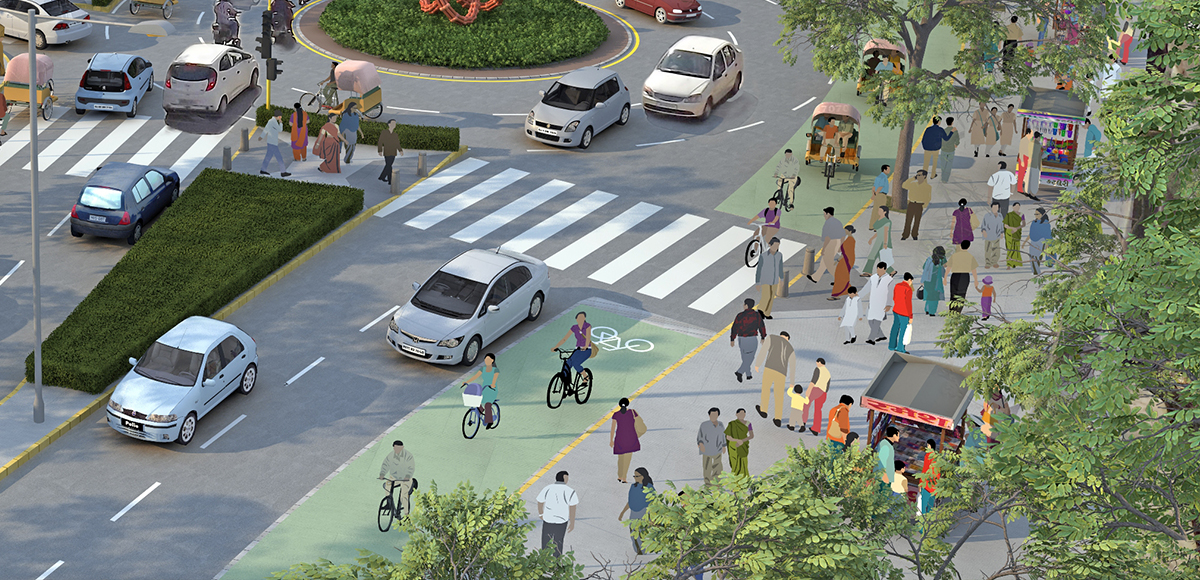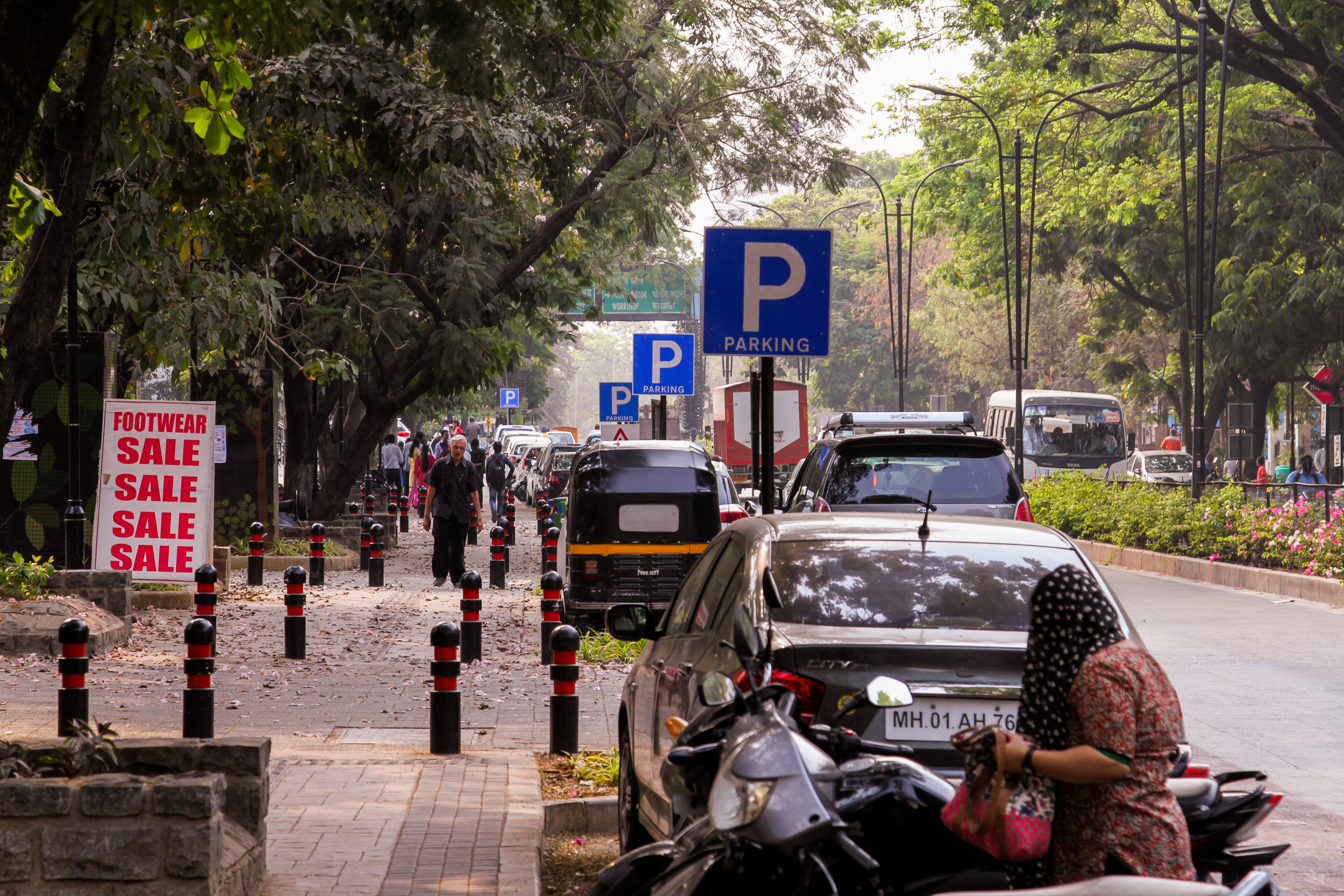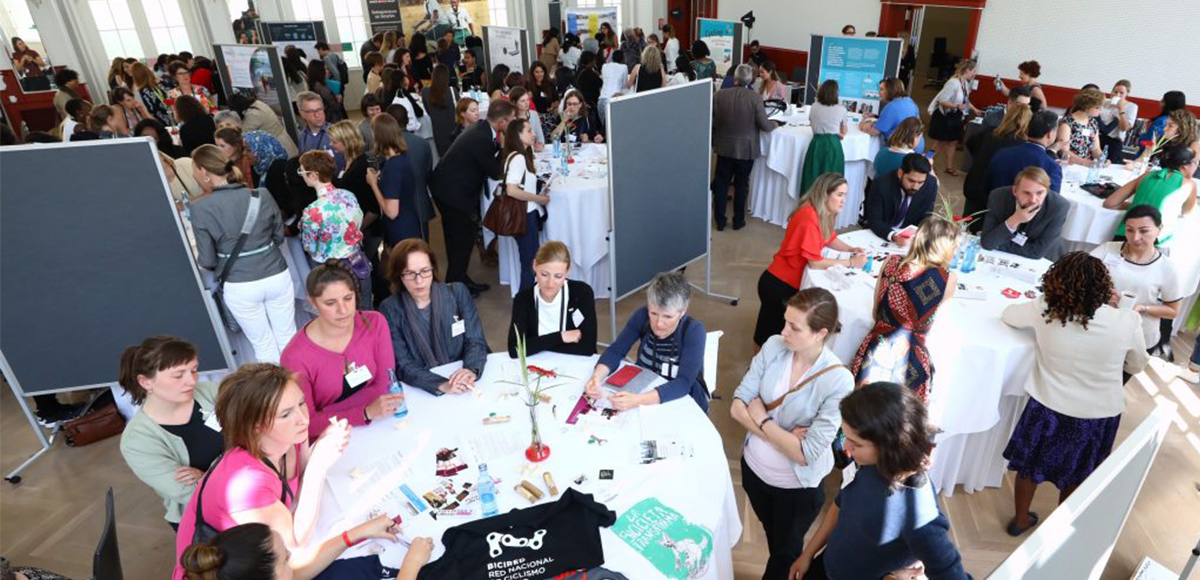Over the last five years, Chennai’s Streets for People initiative has been instrumental in transforming over hundred kilometres of the city’s streets for more accessible and equitable mobility. An initiative of the Greater Chennai Corporation with technical support from the Institute for Transportation and Development Policy (ITDP) India Programme, the Streets for People initiative has been selected as the winner of the acclaimed international Ashden Awards 2020 in the Sustainable Mobility (International) category.
Rethinking Urban Mobility
With citywide lockdowns and the suspension of public transport systems, COVID-19 has forced cities to rethink urban mobility. The pandemic has illustrated what streets without cars could look like, and people around the world have reclaimed their street spaces for mobility or access to essentials and services among others. More importantly, the lockdown has amplified the importance of walking and cycling as affordable, equitable, and sustainable modes of transport for a large section of the urban population.
The Streets for People initiative in Chennai was aimed at improving walking and cycling infrastructure and enables people to move safely through the city. In Chennai, these streets proved extremely effective during the lockdown, enabling physical distancing and safe movement in neighbourhoods. As cities reopen and physical distancing becomes the new normal, the importance of such people-friendly initiatives for pedestrians and cyclists grows manifold.
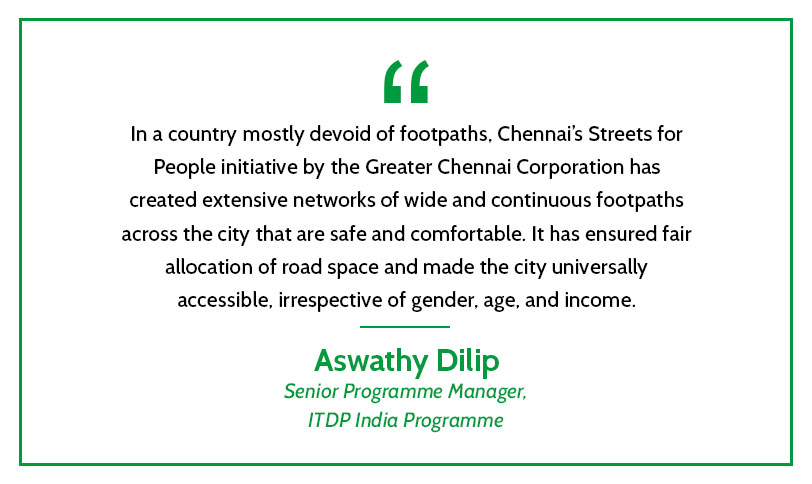
The Ashden Award celebrates the city and its citizens for accomplishing such an amazing feat. In essence, the award recognises ITDP India Programme’s objectives to improve the quality of life in cities so that future generations inherit urban spaces that are liveable, equitable, and sustainable. The awards highlight sustainable solutions that tackle global issues such as climate change and create equitable societies. Chennai’s Streets for People initiative is among the 11 winners at the annual Ashden Awards, which was held on July 2nd 2020 in a virtual ceremony. The winners were chosen from over 200 applicants working on creating resilience, green growth, and fairer societies.
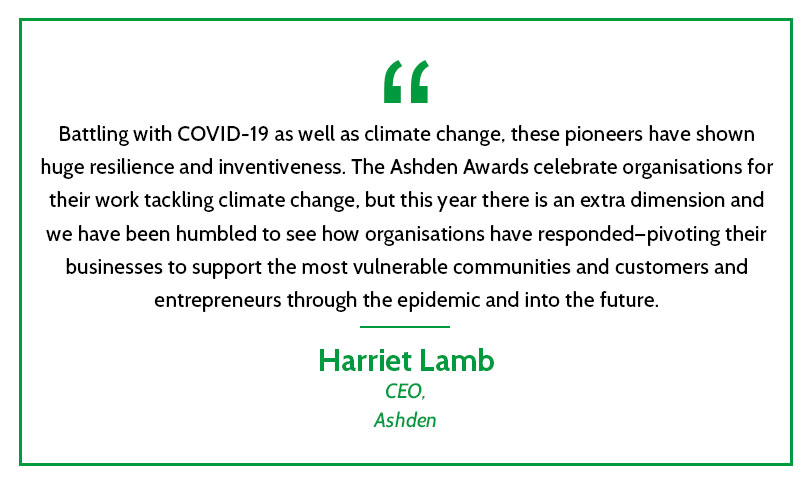
The Chennai Streets for People Initiative
Since 2013, Chennai has been transforming its streets for safety, comfort, and inclusivity. In 2014, the city adopted the Non-Motorised Transport (NMT) Policy, to dedicate 60 percent of its budget towards NMT. Chennai was the first Indian city to adopt a policy of this kind. Since then, with the support of the ITDP India Programme, the city has –
- inaugurated the Pondy Bazaar Pedestrian Plaza as a model ‘people-friendly’ public space.
- built the capacity of municipal engineers through study tours, workshops and formal training programmes.
- launched a city-wide Public Bicycle Sharing (PBS) system and a progressive on-street parking management system.
- adopted the Complete Street Guidelines to inform all future street design projects.
- launched a “Car-Free Sundays” programme to promote the idea of celebrating streets as public spaces.
- engaged the public for a participatory planning process through several tactical urbanism initiatives and stakeholder consultations.
Impact of the work
Lauded as making Chennai the “walking capital of the country” by L. Nandakumar, Chief Engineer, Greater Chennai Corporation, these interventions have led to wider footpaths, cycle-sharing systems, and last-mile connectivity in the city of Chennai. The initiative has helped in transforming over 120 kilometres of streets to be safe and accessible for pedestrians across the city. The project has improved access to roughly 300 bus stops and over 60 schools. Moreover, it has also helped in the effective implementation of parking management systems in approximately 500 kilometres of streets.
[baslider name=”Streetsforpeople”]Globally, cities like Paris, Milan, and London have allocated significant portions of their budgets towards creating walking and cycling-friendly infrastructure. Chennai has taken similar action through the Mega Streets programme, to create a city-wide network of streets with a lifespan of at least 30 years thereby prioritising ‘Liveability, Mobility, and Utility’. Launched earlier this year, the project aims to transform 1000 kilometres of streets in the city. The Government of Tamil Nadu, in its annual budget speech in February 2020, has expressed its intent to invest over USD $500M to replicate Chennai’s success in ten other cities, which will transform over 1600 kilometres of streets across the state.
A shining example for Indian cities
Chennai’s Streets for People initiative is a gamechanger in terms of transforming India’s cities into more equitable and people-friendly urban spaces. Moreover, the government’s intention to expand the project represents its potential to transform streets across Tamil Nadu for future generations. The Ashden award recognises and celebrates the success of Chennai’s Streets for People project done by the Greater Chennai Corporation supported by ITDP India Programme as not just the first step in scaling up across Tamil Nadu, but also as a lighthouse for urban development across the country.
Written by Avishek Jha
Edited by Keshav Suryanarayanan





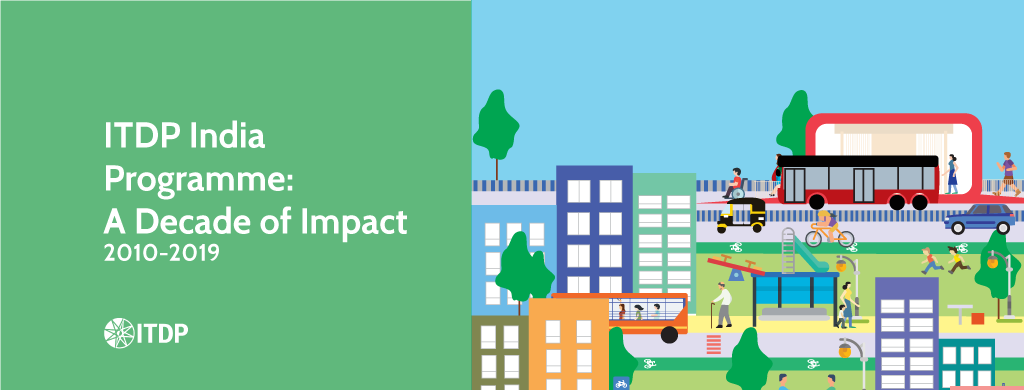

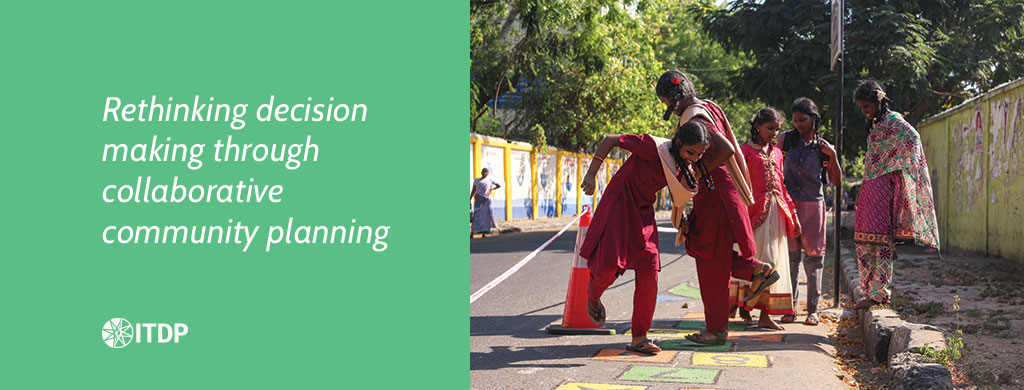
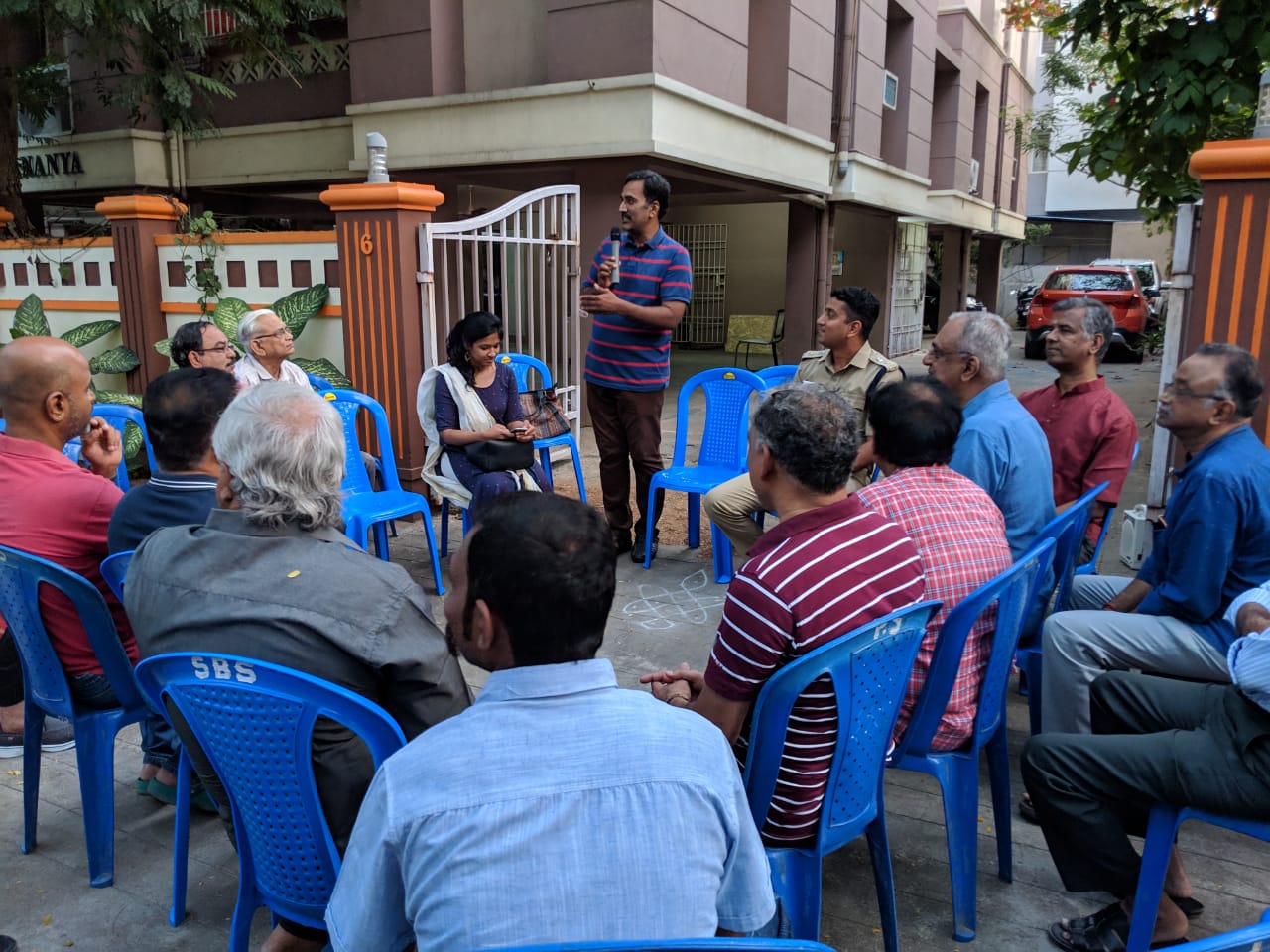

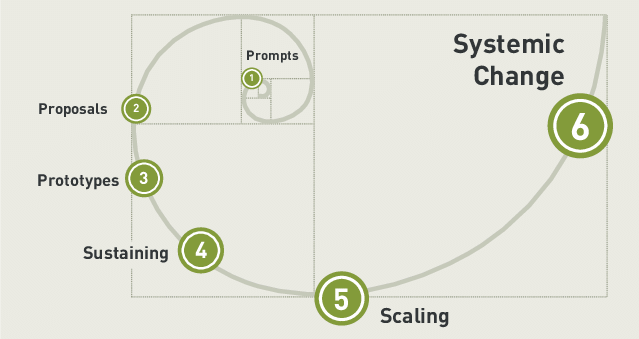
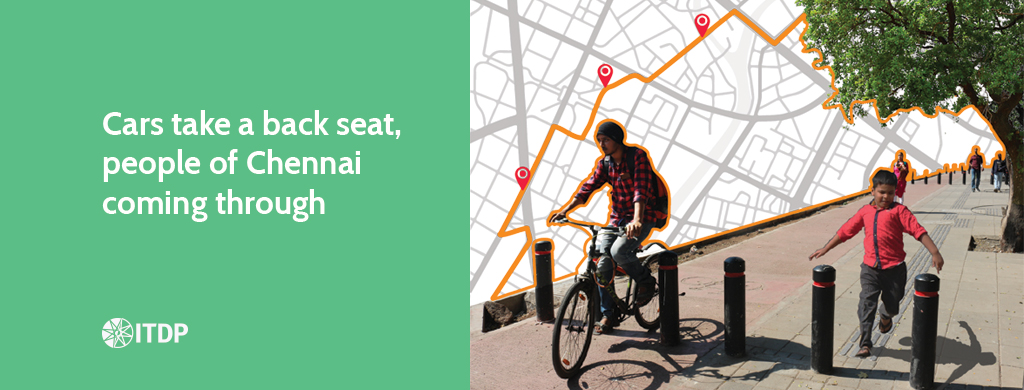











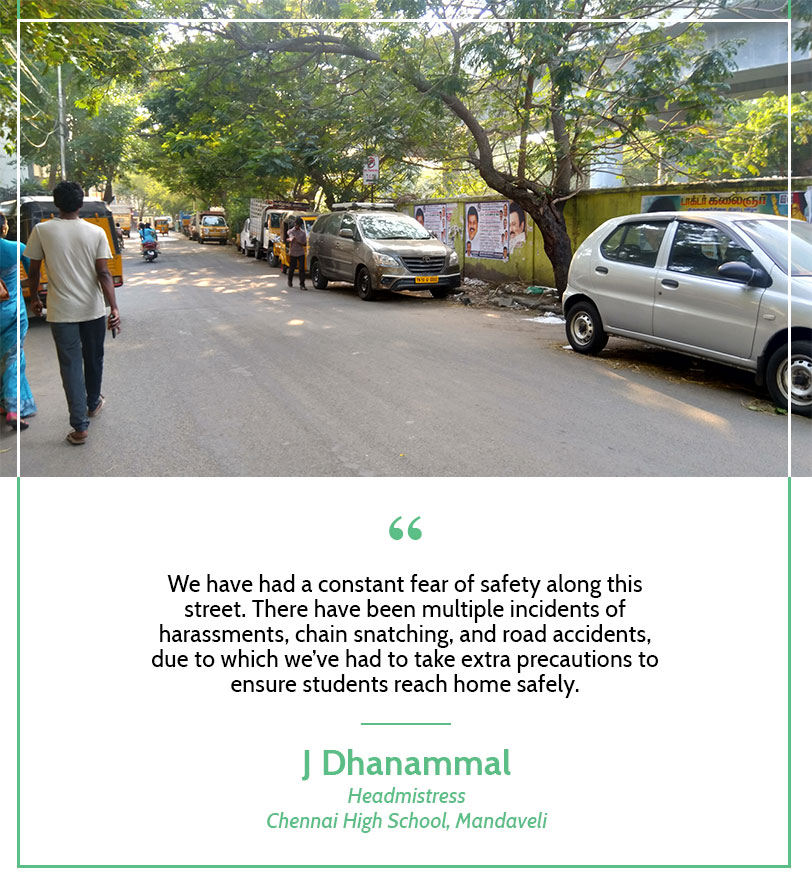
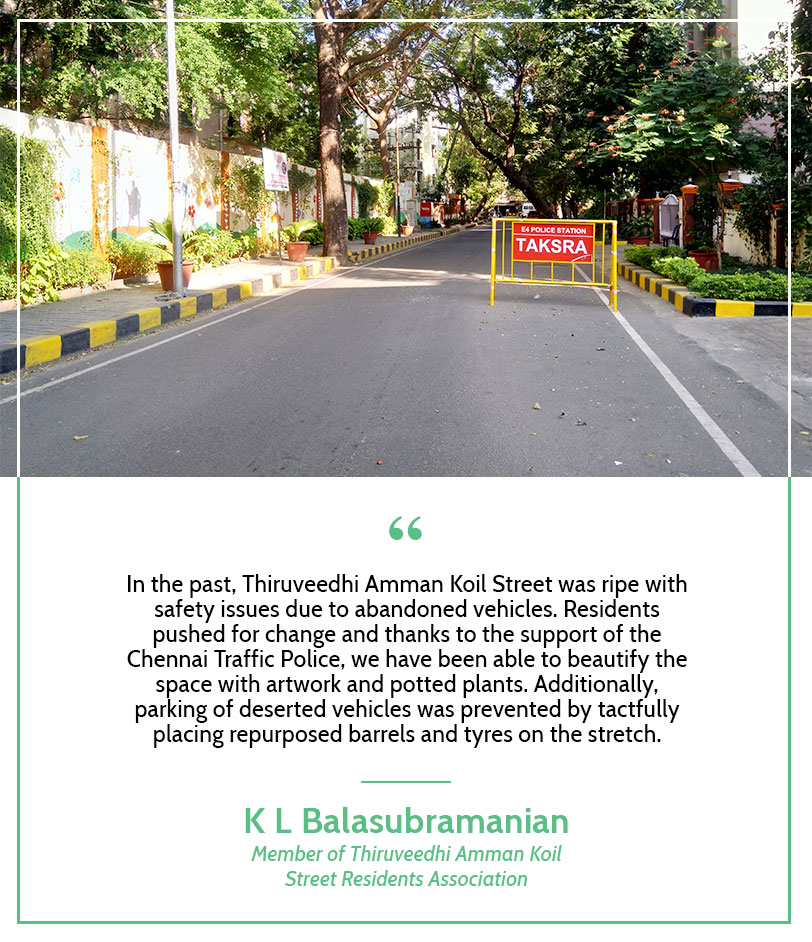
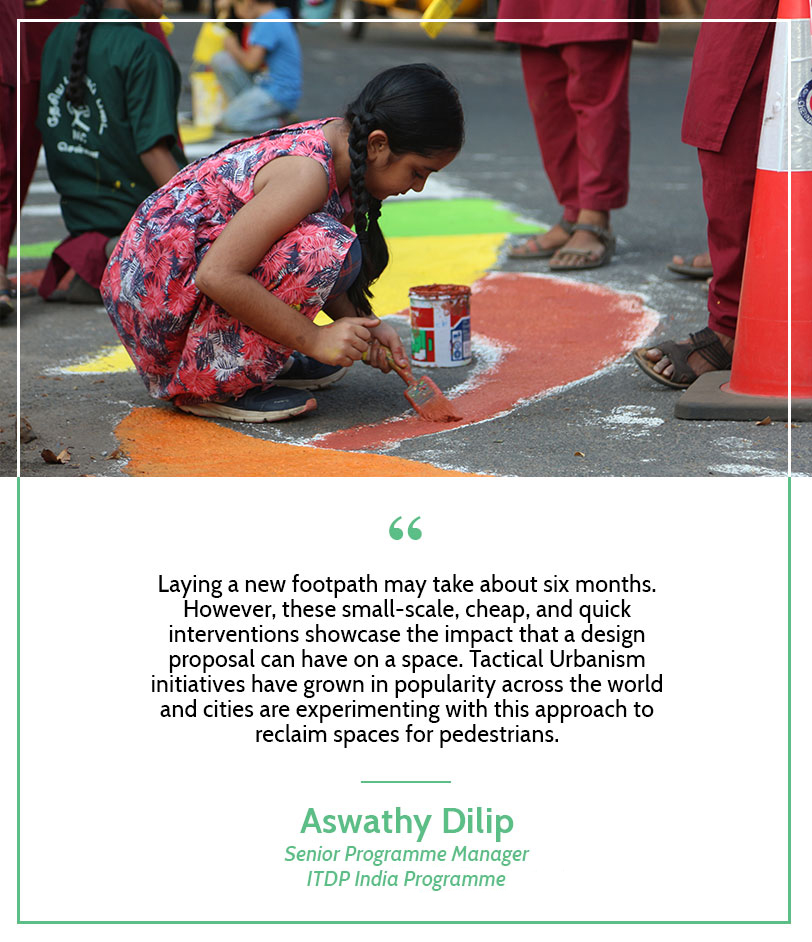
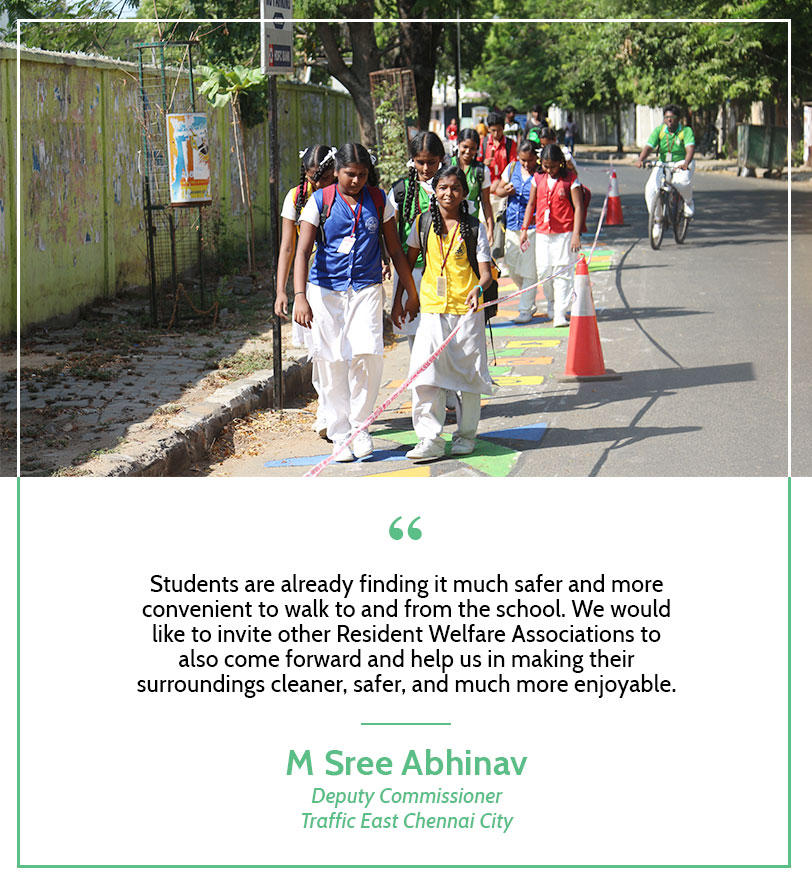
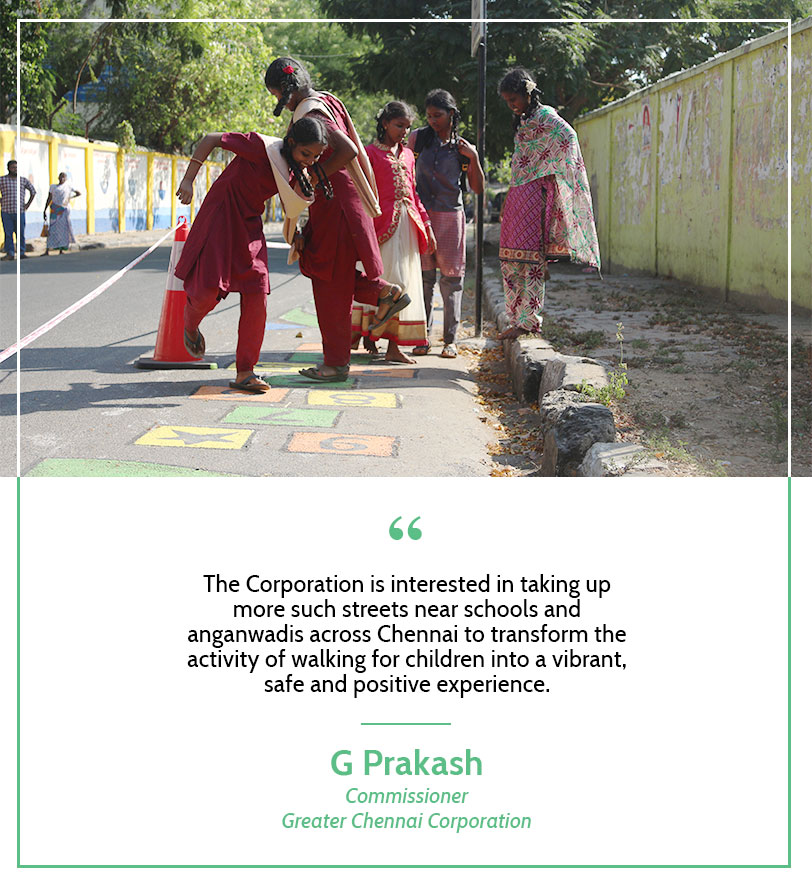
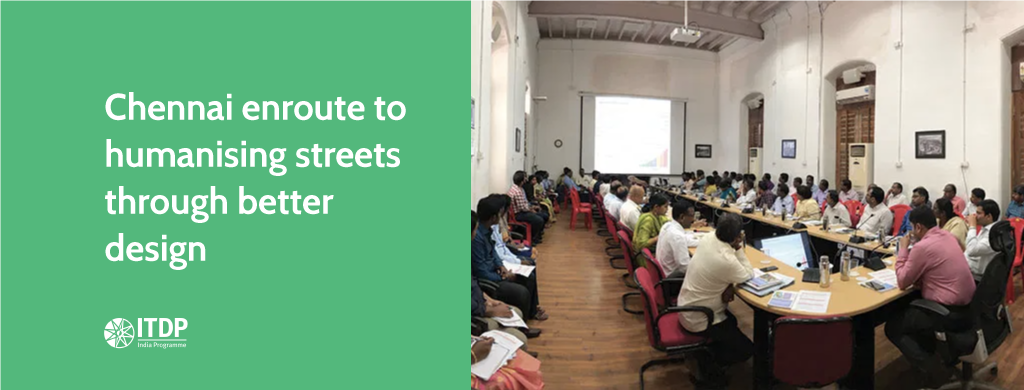
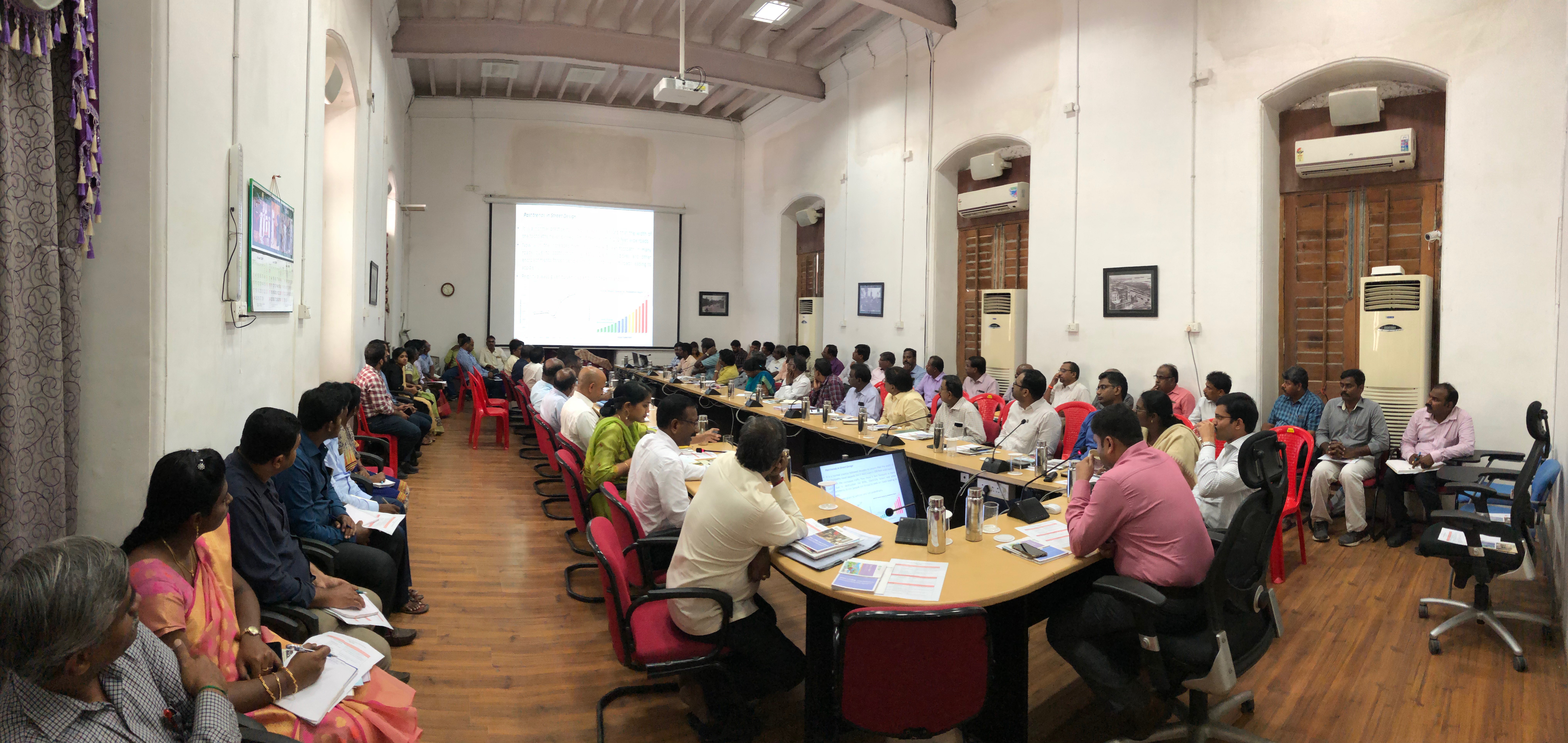 NMT Masterplan
NMT Masterplan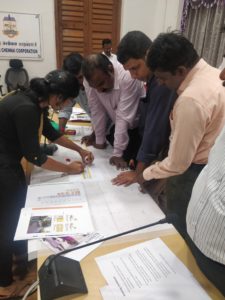
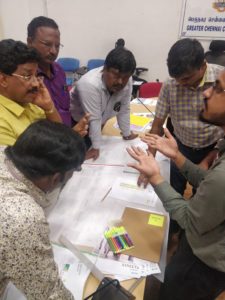
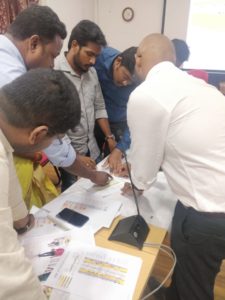
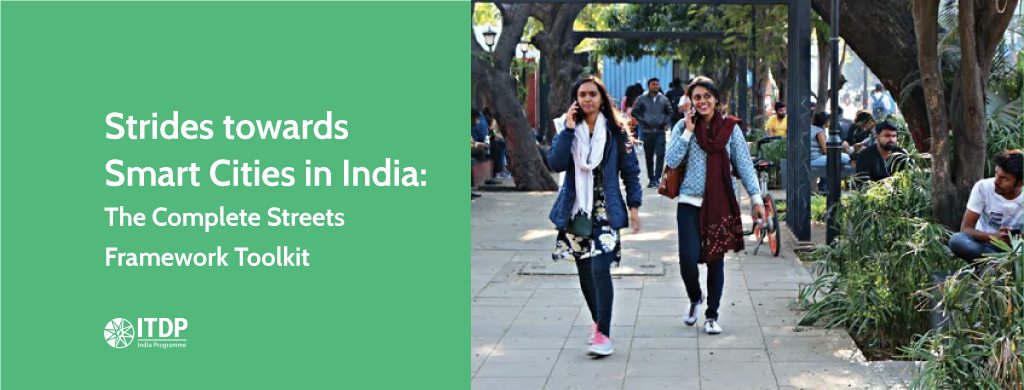

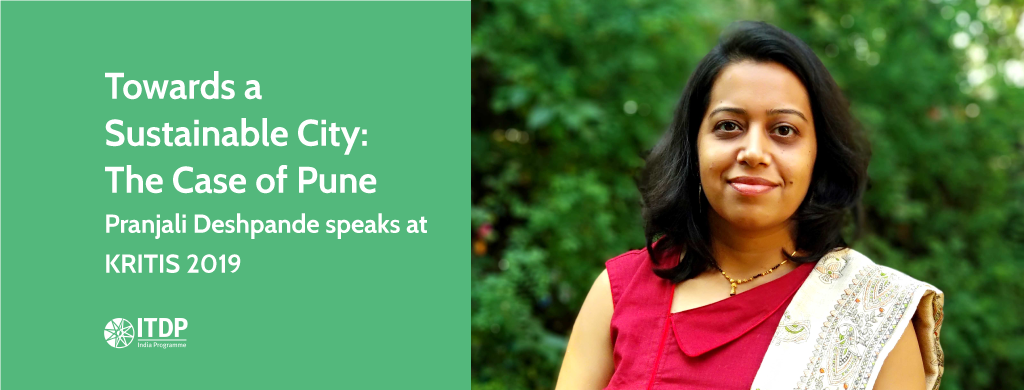
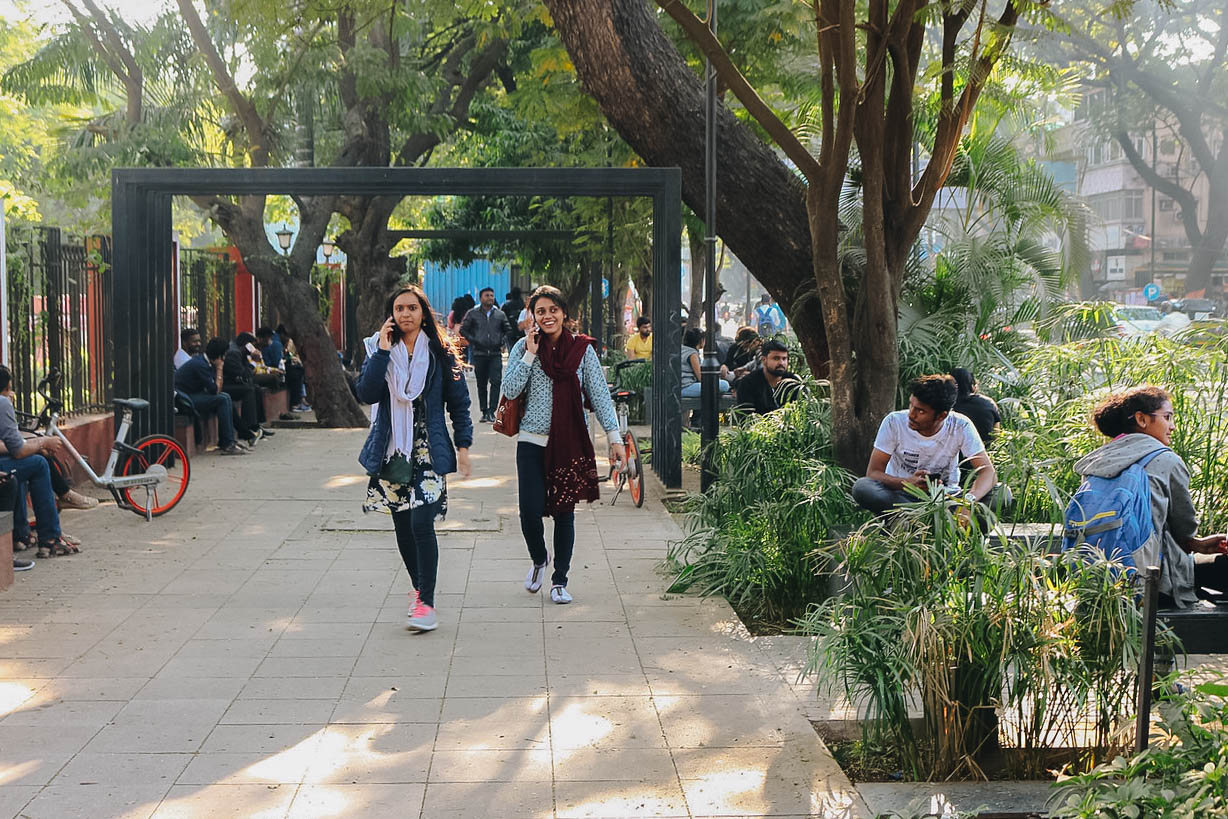 JM Road, Pune
JM Road, Pune